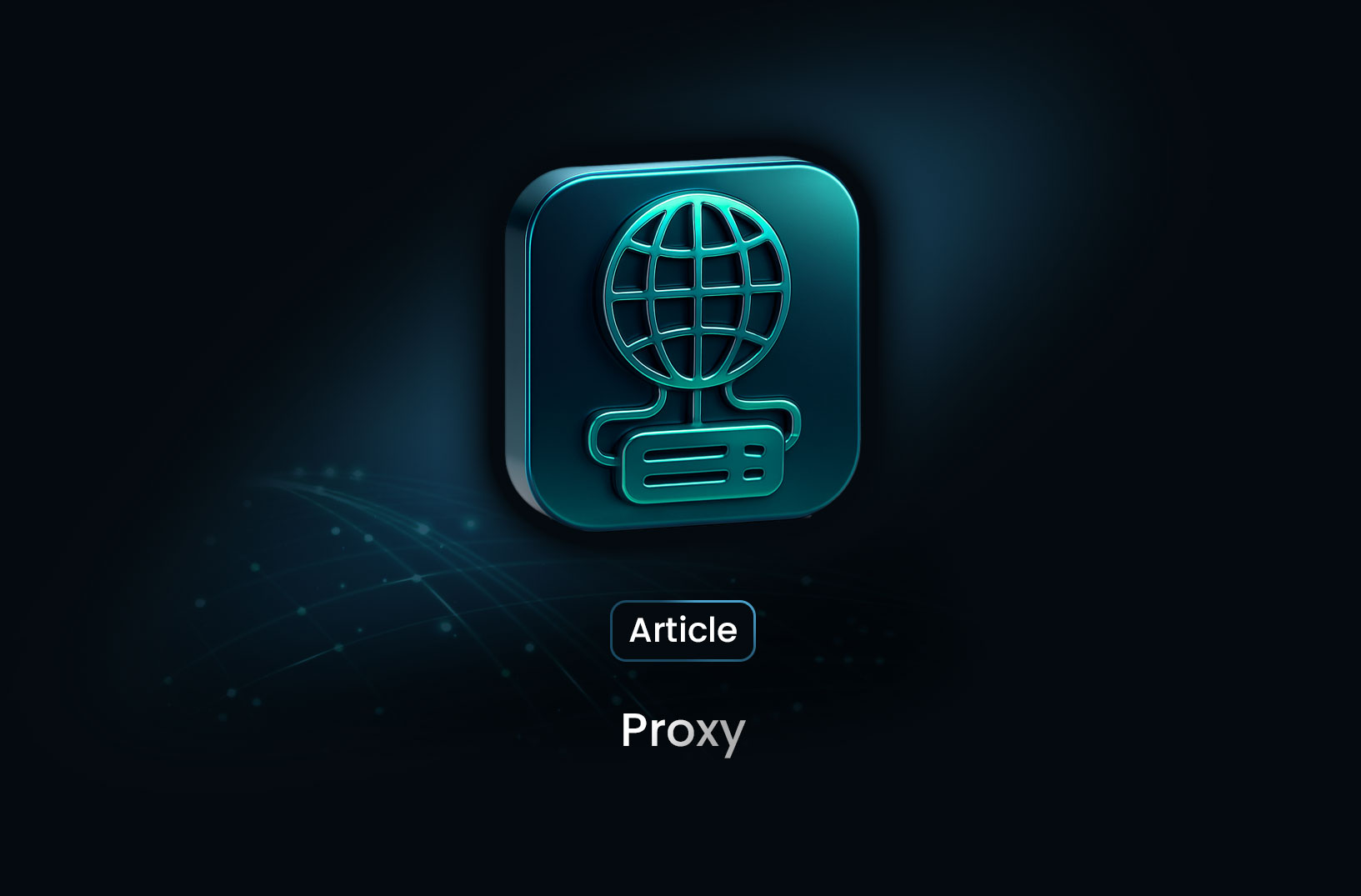
A Complete Guide to Interstellar Proxy and Its Key Benefits
ArticleExplore what Interstellar Proxy is, how it functions, its key features, benefits and risks, and how to use it safely for accessing restricted content and enhancing browsing anonymity.
What Is Interstellar Proxy?
Interstellar Proxy is a browser-based web proxy service or open-source tool that allows users to route web traffic via remote nodes in an effort to mask their IP address, bypass network restrictions (such as at schools or workplaces), and access blocked or geo-restricted content.
Unlike traditional paid proxy services that require subscription and configuration, Interstellar Proxy is often described as “free” or low-cost, with minimal setup and browser-based deployment.
How Does It Work?
Here’s a simplified breakdown of how Interstellar Proxy routes traffic:
- A user accesses the Interstellar Proxy interface (via a website link, browser extension, or self-hosted deployment).
- The user enters the destination URL they wish to access, or the proxy intercepts the browser flow.
- The proxy node sends the request to the target website, with the request appearing to originate from the proxy’s IP rather than the user’s real IP address.
- The response comes back via the same proxy node, then is forwarded to the user’s browser.
- Because of this indirection, the user’s real IP is hidden (to some degree) from the destination website.
Some versions of Interstellar Proxy support advanced features like tab cloaking (to disguise proxy usage), and broad node coverage.
Key Features & Use Cases
Features:
- Browser-based: Many users access it via a simple link or browser interface rather than complex client software.
- IP masking and location spoofing: By routing traffic through different nodes, the user may appear to be browsing from another region.
- Quick bypassing of restrictions: Effective for accessing websites or content blocked at network level (e.g., school/work firewalls) in many cases.
- Self-hosting possibility: Users with technical skills can deploy their own instance of the Interstellar Proxy tool (cloning the GitHub repository, configuring host).
Typical Use Cases:
- Accessing geo-blocked websites or services from restricted networks.
- Casual browsing anonymity (masking your IP from sites).
- Quick one-off proxy access without investing in paid proxy subscriptions.
- Students or users on network-restricted environments (e.g., schools) looking for access to games or websites typically blocked.
Advantages & Benefits
- Ease of Access: Minimal setup for many users; browser-based usage means no extensive client installation.
- Flexibility: With self-hosting or selection of nodes, users may choose different regions or nodes.
- Cost-effective (in many cases): Offers free or near-free access in contrast to premium proxy services.
- Bypass Capability: Demonstrated ability in many reports to bypass network content blocks in restrictive environments.
Risks & Limitations
Despite the benefits, there are several important caveats:
- Reliability & performance issues: Free or shared proxy nodes may suffer from slow speeds, high latency, instability, or downtime.
- Security & privacy uncertainty: Free proxies may route traffic through untrusted nodes, may lack strong encryption, or may log user activity.
- Limited scope: A browser-based proxy typically only covers browser traffic and might not handle other system apps; it also may not offer full encryption like a VPN does.
- Legality & policy issues: Using proxies to bypass network restrictions may violate network policies, terms of service, or local laws.
- Detection & blocking risk: Some websites detect proxy traffic and impose CAPTCHAs, bans, or blockages.
How to Use Interstellar Proxy (Basic Steps)
- Visit the official Interstellar Proxy interface or self-host the tool via the GitHub repository.
- If self-hosting: Clone the repository, run installation (e.g.,
npm i && npm start), configure settings (password protection, port, etc.). - In your browser, access the proxy URL, enter the website you wish to browse or direct the browser to use the proxy interface.
- Check that your outbound IP is different (use an IP checker) to verify the proxy is working.
- Use responsibly: Avoid transmitting sensitive data unless you are confident in the proxy’s trustworthiness and encryption.
When (and When Not) to Use It
Use it when:
- You need quick, lightweight browser-level IP masking or access to geo-blocked content.
- You are using a network with strict restrictions on websites.
- Your activity is low-risk (casual browsing) and you accept possible performance trade-offs.
Avoid it when:
- You are doing sensitive work (financial, professional, regulated) that demands high privacy/ security.
- You need full-device traffic routing and strong encryption (in which case a trusted VPN is more appropriate).
- You are managing business-critical workflows, automation, or multi-account operations where reliability and dedicated IPs matter.
Final Thoughts
Interstellar Proxy is a compelling option for users seeking quick and accessible web-proxy capability, especially for casual browsing or bypassing network blocks. However, it’s not a substitute for a full-featured, premium proxy service or VPN when security, performance, and accountability are required. As always, understand the tool’s limitations and ensure your usage aligns with legal and ethical considerations.
Find more insights here

Proxy 101: What Is a Proxy and Why It Matters for Web Scraping
Learn what a proxy is, how it works, the different types of proxies, and why proxies are essential f...

LunaProxy vs PYPROXY — Which Proxy Service Fits Your Needs in 2025?
Compare LunaProxy and PYPROXY in 2025 to find out which proxy service fits your scraping, automation...

7 Most Effective AI Web Scraping Tools for Automated Data Extraction in 2025
A look at 7 AI web scraping tools that stand out in 2025—what they offer, how they work, and why MrS...
